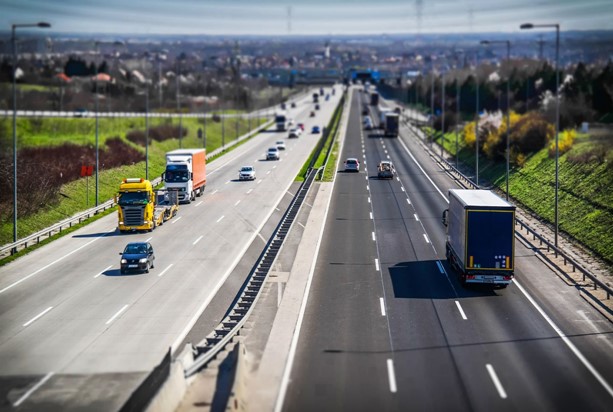Plastic is, by far, the most utilized manufacturing material in the world. We see it everywhere. Unfortunately, it is also a leading contributor to the global waste stream. If we could find better ways to recycle and reuse plastic waste, we could significantly reduce its impact on everything from landfills to waterways.
The hard part of recycling plastic is not the actual process of transforming it into something else. It is getting it from the point of disposal to the point of transformation. Much of the work inherent to plastic recycling occurs between these two points. And a lot of it is tied up in sorting and cleaning.
As we get better at sorting, cleaning, and processing plastic waste, we are finding new and innovative ways to use the recycled material. Below are just a few examples:
Table of Contents
1. Plastic and Asphalt Roads
The majority of the world’s paved roads are paved with asphalt. As durable as asphalt is, it tends to break down over time. It is subject to all sorts of stresses including temperature extremes and storm damage. Coming up with a better asphalt that withstands more punishment has been an ongoing project. Now, a startup in Scotland believes it has the answer: plastic.
The company has developed a plastic and asphalt hybrid wherein the plastic replaces the normal binder in a typical asphalt mixture. The binder is bitumen, and it makes up anywhere from 10% and 15% of an asphalt mixture. Replacing it with plastic pallets made from recycled materials creates a stronger product held together by a stronger binder.
2. Modern Furniture
There are seven different types of plastic. Each one has its own characteristics that make it ideal for certain applications. One particular type is ideal for sturdy applications, like making furniture. That being the case, there are companies that recycle this type of plastic and use it to create modern furniture.
They grind the plastic down into flakes or pellets. Then they load the recycled material into 3D printers and let the printers do their magic. The result is a full range of recycled plastic furniture consisting of chairs, sofas, etc.
3. Water-Resistant Fabrics
PET plastic is one of the most utilized and recycled plastics in the world. It is durable, resilient, and extremely light. It is also easy to recycle. According to Tennessee-based Seraphim Plastics, clean and separated PET bottles can easily be chopped and shredded to create a chip or flake material. That material can be sold to product manufacturers.
Among other things, recycled PET is utilized to make water-resistant fabrics. PTE flake is heated and spun to create fibers. The fibers are then spun to create threads that are used just like any other type of thread. And because water beads up on the plastic rather than soaking through, you can create water-resistant fabrics that allow your skin to breathe while keeping water out.
The Possibilities Are Endless
It turns out that the possibilities for utilizing recycled plastic are endless. From reinforced concrete to fashion eyewear frames, companies are finding innovative ways to take waste material and turn it into new products. Now, if we could just solve the problems that plague curbside recycling, we could keep a lot more plastic out of our landfills.
Plastic’s many advantages include the ability to continually be recycled. Few manufacturing materials offer the long life we get from plastic. So it is very much worth the effort to figure out better ways to recycle plastic waste. The more we recycle, the less we will have to make from scratch.




